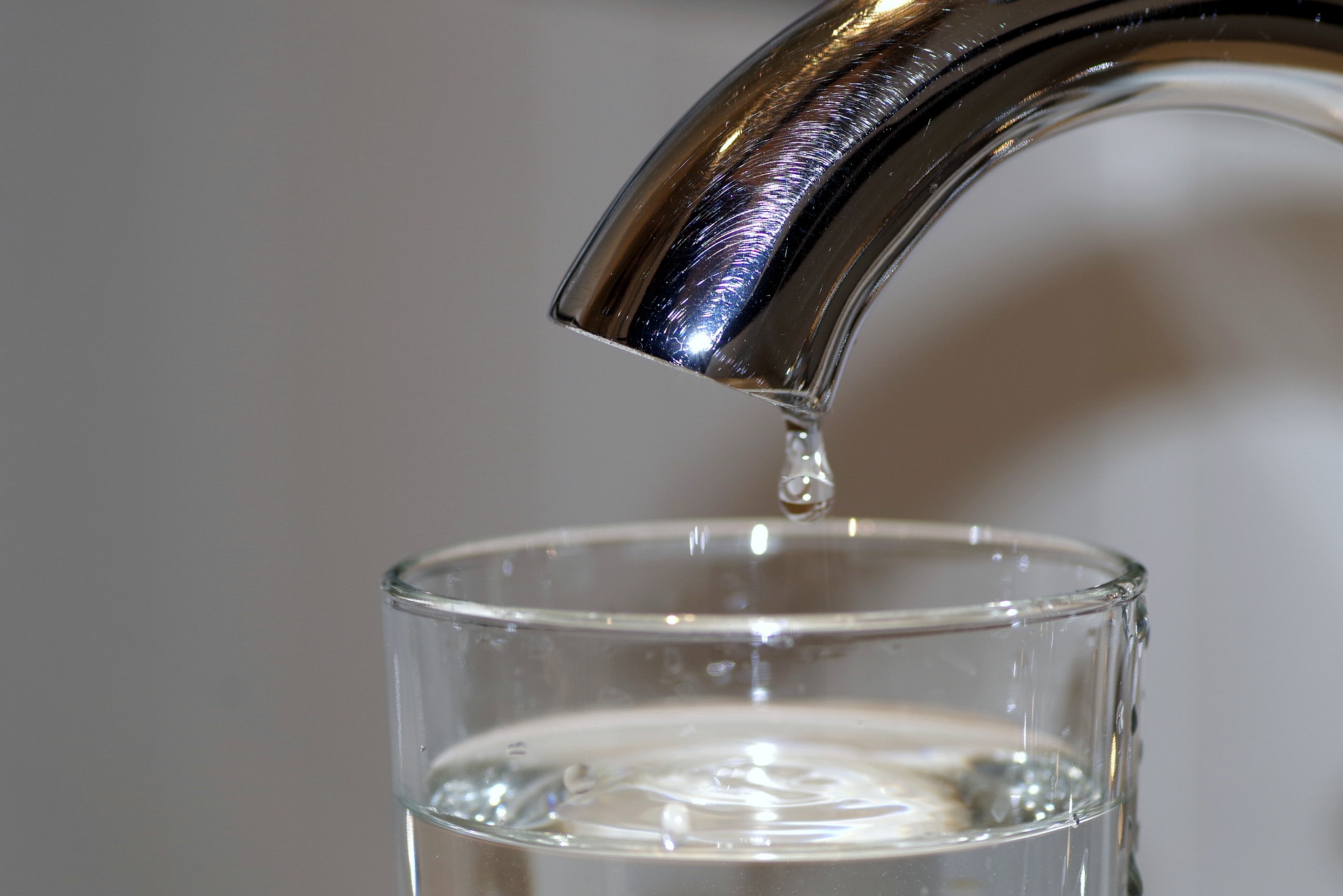It's time to find and replace lead drinking water lines

In Minnesota, an estimated 100,000 homes still have lead service lines. It's a major source of lead exposure. (Photo via Pixabay)
Everyone deserves clean, safe drinking water. Yet here in Minnesota, an estimated 100,000 homes still have lead service lines — a significant source of exposure to the toxic metal, which can be especially harmful to children.
How did we get here? Unfortunately, though lead was banned for plumbing in 1986, existing lead pipes remain a threat. The most effective way to limit toxic lead exposure in drinking water is to remove lead service lines and pipes which connect a home or building to the public water main.
Lead service lines are not uncommon. (Here's a guide on how to check the material of your home's service line.) The Minnesota Department of Health estimates it will cost more than $300 million to replace all lead service lines statewide. (Nationwide, the estimated cost is $45 billion.)
The challenge is, we don't necessarily know where all the problem pipes are. That's why we support a two-part solution.
First is an inventory to locate all existing lead service lines statewide. This will allow for a more resource-effective second step: replacing those harmful service lines altogether.
FMR works with trusted partners to advance opportunities to fund these efforts. That includes encouraging state lawmakers to take advantage of a handful of federal bills passed in recent years that provide once-in-a-generation funding for this type of work — including the American Rescue Plan, Infrastructure Investment and Jobs Act, and Build Back Better Act.
Equity and environmental justice
This approach is more than just updating vital infrastructure and protecting public health. It represents a significant public health and environmental justice opportunity.
It's no surprise that economically disadvantaged communities and communities of color face higher risks from lead service lines. And these communities often lack the resources necessary to replace lead service lines.
The EPA estimates an average replacement cost of $4,700, ranging from $1,200 to $12,300 per line (or perhaps even more), putting full lead service line replacement out of reach for many low-income households. This raises clear health equity and environmental justice concerns.
Replacement also offers an opportunity to direct funds in a way that helps repair economic injustice by ensuring the front-line communities most impacted by lead service lines benefit from public investment in replacement projects.
Clean, safe drinking water shouldn’t depend on your ZIP code. FMR and our conservation allies in Minnesota will continue to advocate for centering equity and justice goals in the state's long-overdue approach to finally getting the lead out of our drinking water.
Additional lead issues in Minnesota
While lead service line replacement is a priority for FMR, we will continue to monitor and advocate for solutions to other lead-related issues in Minnesota. That includes lead found in:
- Sinkers and tackle
- Ammunition (one of the biggest current threats to bald eagles)
- Drinking water in schools and childcare settings
- Daycare centers
- Consumer products
Become a River Guardian
Sign up and we'll email you when important river issues arise. We make it quick and easy to contact decision-makers. River Guardians are also invited to special social hours and other events about legislative and metro river corridor issues.